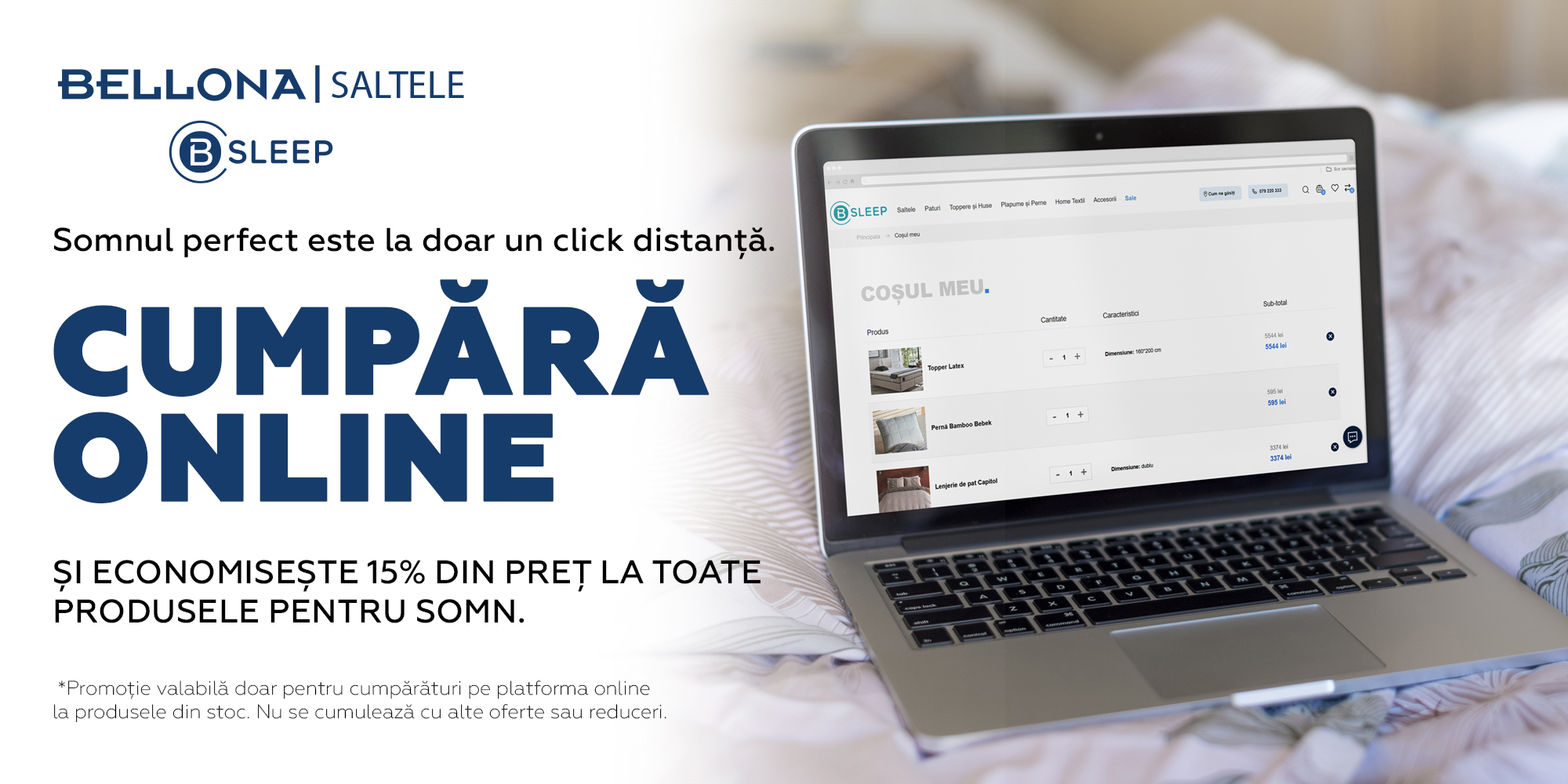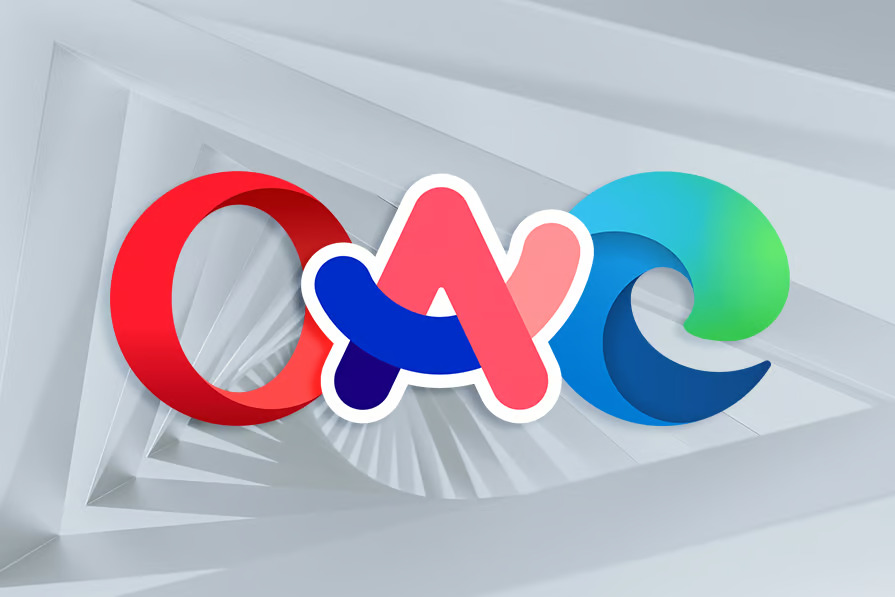
We have a new popular browser every few years. I’m sure you remember that in the early days of the web, Internet Explorer was the most popular option because it came preinstalled on Windows. Simple, straightforward, and reliable…enough.
Later, Chrome by Google was the browser of choice, because it was faster, more reliable (in other words, less crashes), and it would block the annoying ads that were rampant in the early days of the internet. (And for more technical readers, one more piece of information might be of interest: Chrome probably solved the crashing issue by setting a max limit on how much RAM each browser tab can consume. Developers who build web applications know this limitation all too well.)
Though this might be debated, Firefox emerged as the next best option after Chrome, particularly for developers. Chrome was better than Internet Explorer, but Firefox felt lighter on system resources. The install size for Firefox was much smaller, it loaded faster, and Firefox also carved out a niche audience among developers because of certain plugins that enhanced developer workflows.
Opera was also a popular choice because they offered a lot of the merits that Chrome offered, but they added compelling bonuses — like a data-saving mode that would not load images to save on data. In further iterations, the file download experience was better and felt faster because it would include multithread downloads, and Opera would even be able to open torrent files.
Now, we have new emerging stars. Some are rebrands of these famous (and infamous) browsers, and some are from previously unknown companies. In any case, these new browsers promise new user experiences. We have a lot to learn from them.
Say hello to the Arc browser: Matching Mac users’ mental models
The latest sensation in the browser market is the Arc browser by the aptly named Browser Company, which was released in 2022. The browser gained popularity in closed beta while the team exclusively built for macOS. Their invitation-based program felt so exclusive that many people got the impression this would probably only be a paid option once out of beta. To our surprise, Arc is now being developed for Windows, too, and it remains free.
The primary reason the Arc browser caught on so rapidly is because their design language is minimalistic and fresh. They use muted, bright colors with serif font combinations that set their visuals apart from anything else.
Arc prioritizes clean lines, ample negative space, and a focus on the content viewers see before them. They use soft rounded corners, subtle animations, and smooth transitions to limit distractions. This design aesthetic and minimalism appeal to the target demographic of Mac users — hence why they targeted the Mac audience first.
Read more: https://blog.logrocket.com/ux-design/ux-analysis-arc-opera-edge/?ref=dailydev



